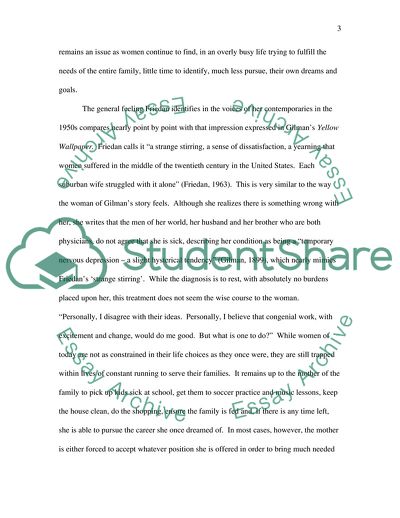Cite this document
(The Yellow Wallpaper by Charlotte Perkins Gilman Book Report/Review, n.d.)
The Yellow Wallpaper by Charlotte Perkins Gilman Book Report/Review. https://studentshare.org/literature/1705330-analysis-on-the-yellow-wallpaper
The Yellow Wallpaper by Charlotte Perkins Gilman Book Report/Review. https://studentshare.org/literature/1705330-analysis-on-the-yellow-wallpaper
(The Yellow Wallpaper by Charlotte Perkins Gilman Book Report/Review)
The Yellow Wallpaper by Charlotte Perkins Gilman Book Report/Review. https://studentshare.org/literature/1705330-analysis-on-the-yellow-wallpaper.
The Yellow Wallpaper by Charlotte Perkins Gilman Book Report/Review. https://studentshare.org/literature/1705330-analysis-on-the-yellow-wallpaper.
“The Yellow Wallpaper by Charlotte Perkins Gilman Book Report/Review”. https://studentshare.org/literature/1705330-analysis-on-the-yellow-wallpaper.


